Please Note: This version of this sword is being offered at a discounted price because the blade is untempered. The sword is still sturdily constructed and is well-suited for reenactment without blade-on-blade combat, costume and display.
The British 1845 Light Cavalry Saber was similar to the 1822 saber from the hilt down, but the blade design was radically different. While the Pipe-Backed blade was light and quick, its pipe-back spine actually inhibited the blade from making deep cuts and it lacked the heft to give the trooper confidence of a good outcome when crossing blades with beefier swords. Additionally, the tip of a Pipe-Backed blade is somewhat asymmetrical, making it difficult to keep a thrust straight and fatal upon penetration. The sword was also quite flexible, great for absorbing shock, but poor for thrusting attacks. In their conflicts with the Russians, the British found the 1822 sword had great difficulty slicing into the thick greatcoats of the Russian soldiers.
After enough complaints, the impetus for reform caused the adoption of the Wilkinson style blade. The Wilkinson was not particularly revolutionary – it was a fullered blade with a spear-point tip that was optimal for thrusting. It was similar to the blades that came before the Pipe-Back, making it essentially a throw-back to tried-and-true sword design. The blade had a strong spine and was more stiff and the spear-point tip was sharpened on both sides. All this made for a blade that was much better at thrusting than its predecessor. The edge of the blade was also beefier, making it a better match against heavier swords, particularly the vicious cavalry swords wielded by the horsemen of India.
This replica of the British 1845 Wilkinson Light Cavalry Saber has a blade of high carbon steel. The guard is of guard, grip-plate and pommel are of steel and the grip is wrapped in tight, hardened black leather and inlaid with twisted steel wire. The scabbard with two integrated hanging rings is of steel.


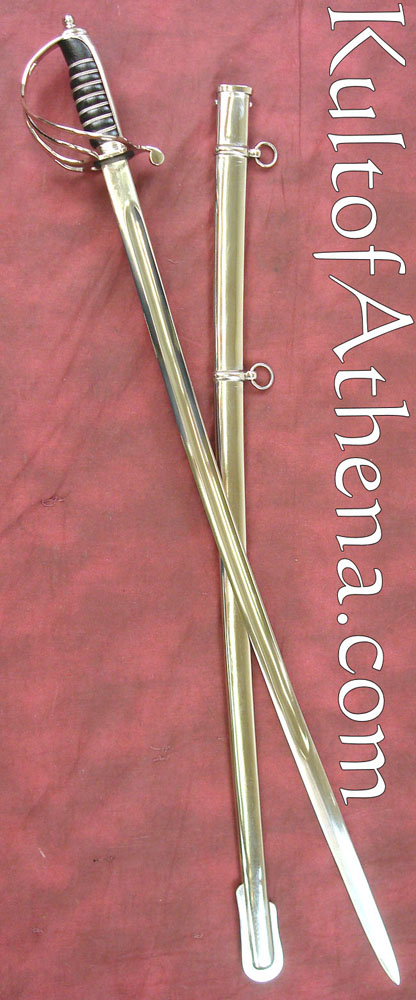
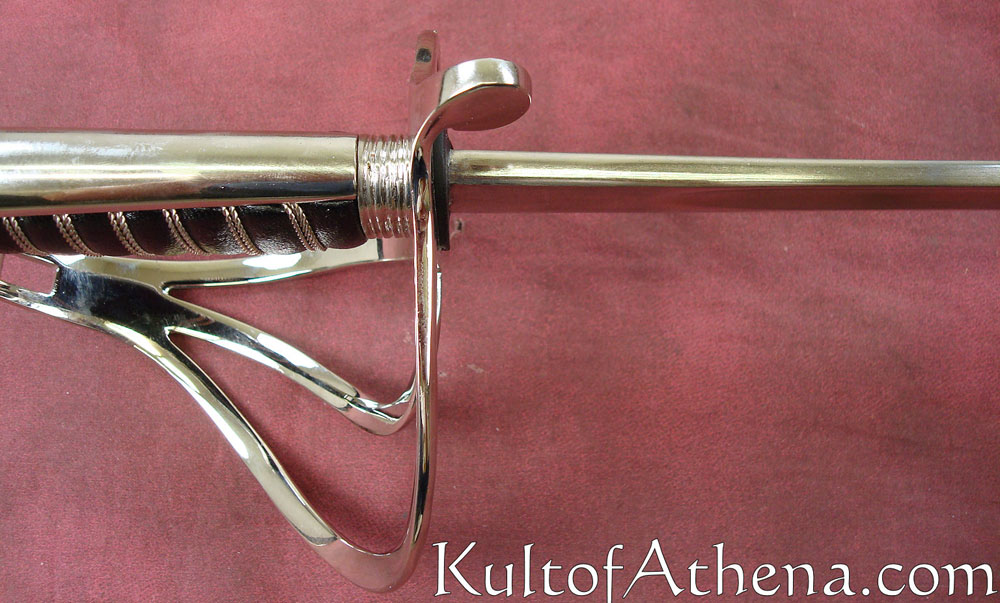

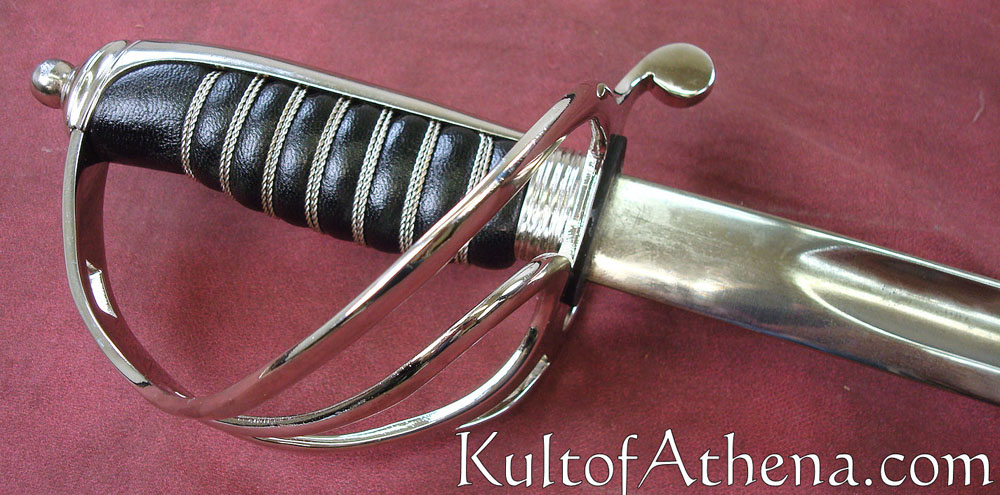
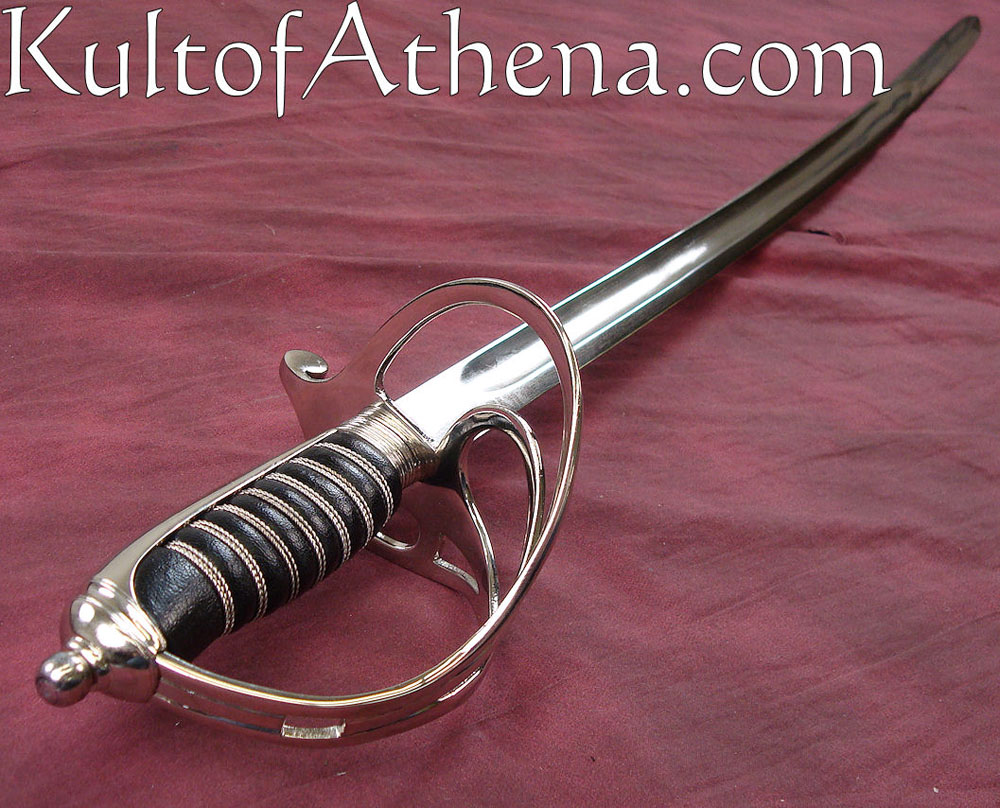
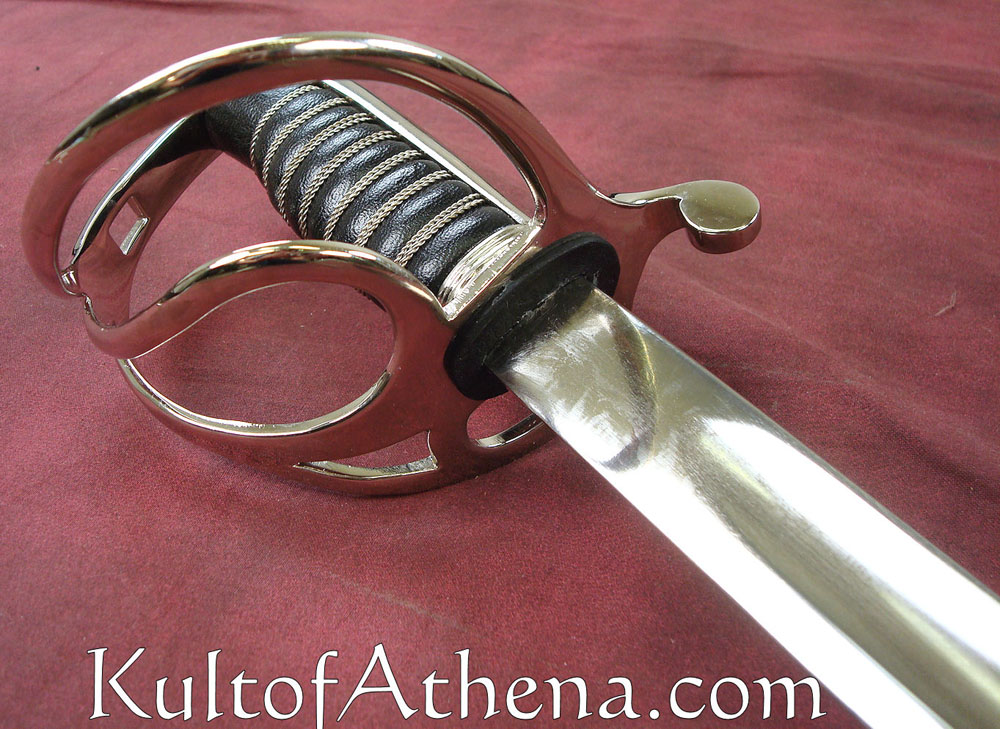
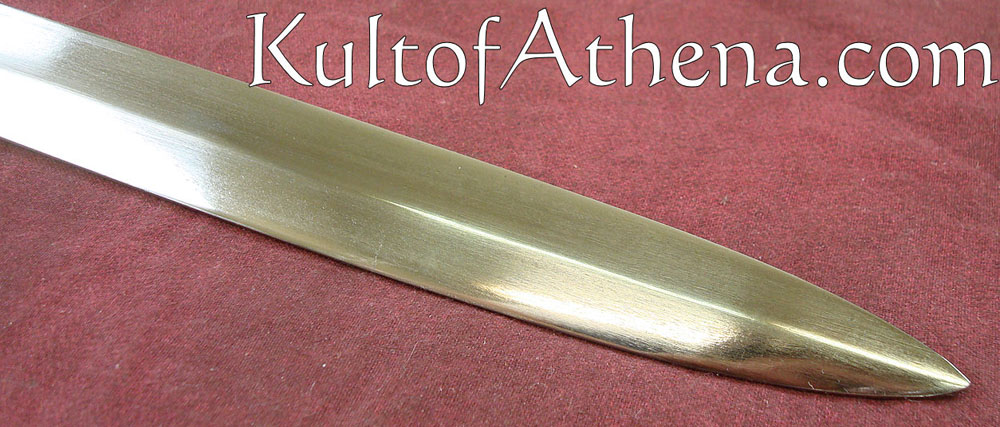
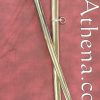
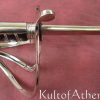
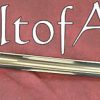
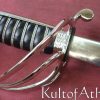
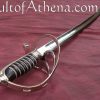

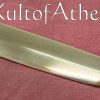
Reviews
There are no reviews yet.